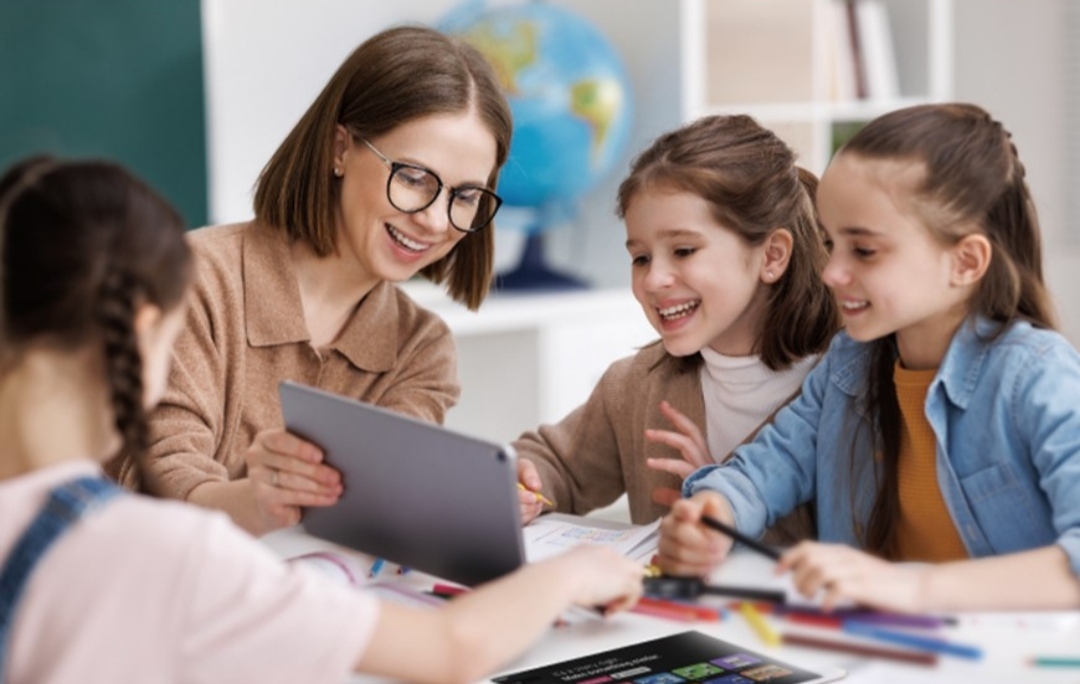It happens all too often: the bell rings to signal the end of class, but some children are left with doubts and questions — while others are bored because the last hour was spent on material they already understood.
Students have different learning styles and one-size-fits all approaches to student learning are falling short. This reality is fuelling a surge in personalized learning and adaptive learning technology in modern K-12 education.
Teachers can’t always stop the entire class just to help one or two students who have fallen behind. But they also can’t ignore students who learn at a different pace. Differentiation is sometimes just too difficult to manage for group instruction.
Teachers need flexible learning plans, and that’s where implementing personalized learning strategies in the classroom can really make a difference.
In this article, we’re going to answers questions including:
What is personalized learning?
How does a personalized learning program benefit teachers and students?
How can I start using a personalized learning program in my school?
What is personalized learning?
Personalized learning is an educational approach that tailors learning around each individual student’s needs, interests and abilities. Each student is given differentiated instruction based on their personal learning characteristics.
When schools implement a personalized learning program, the method and speed of learning can vary for each student. However, the end goal and academic standards don’t differ.
Each student must reach a certain mastery level of the topic by the end of the unit or school year.
Why does this type of customized learning model work?
The learning process is non-linear, generally speaking. Teachers can’t expect all students In their classroom to learn in the exact same way or at the exact same pace.
Customizing the learning experience and tailoring that to student needs means each individual gets the right kind of education based on how they learn and what interests them.
The benefits of using a personalized education program
1. Students learn skills that go beyond academia and will help them in the future
Personalized learning normally involves students in deciding their own learning process, as we’ll discuss below. This teaches the students vital skills that will serve them throughout their lives.For example:
Sharing in goal-setting helps students develop motivation and reliability
Engaging in self-assessment helps students develop self-reflective abilities
Determining their best learning activities helps students develop self-advocacy skills
2. Students in a personalized learning environment improve their knowledge significantly
In one study by the Gates Foundation, using personalized learning to supplement math instruction substantially improved students’ test scores. The average scores of students in the study went from far below the national average to exceeding the national average, with researchers observing that:




